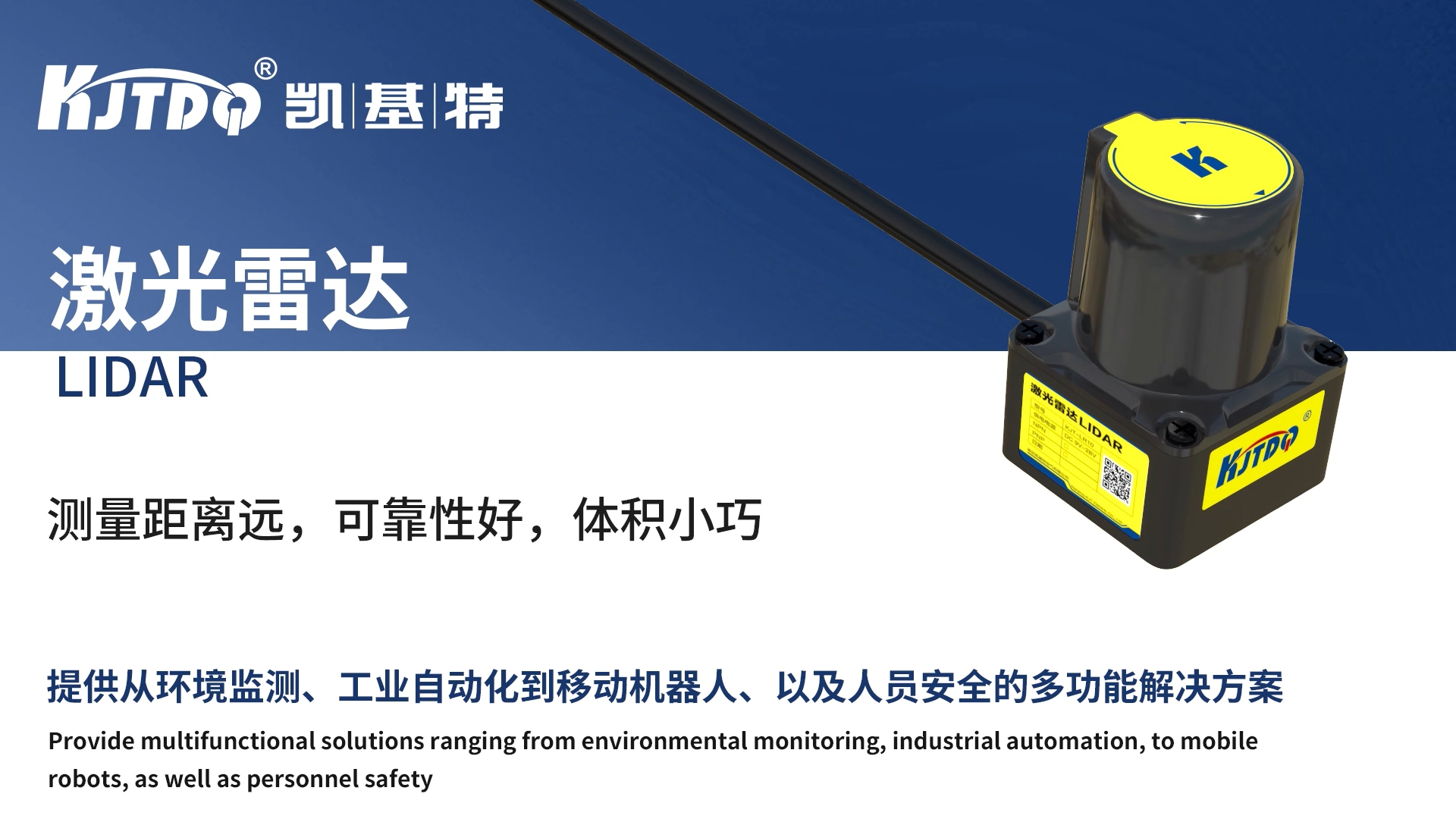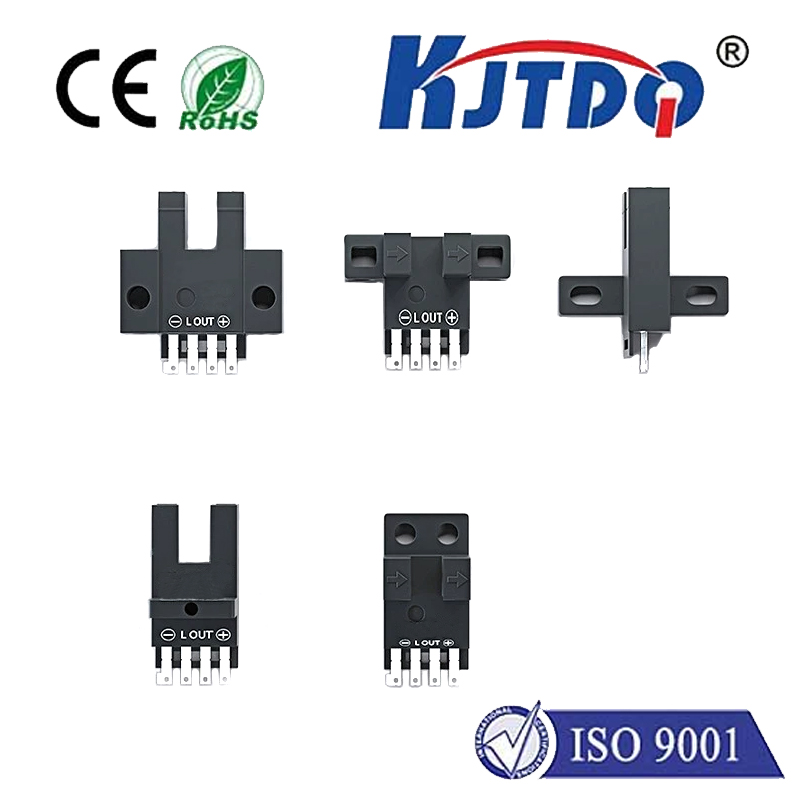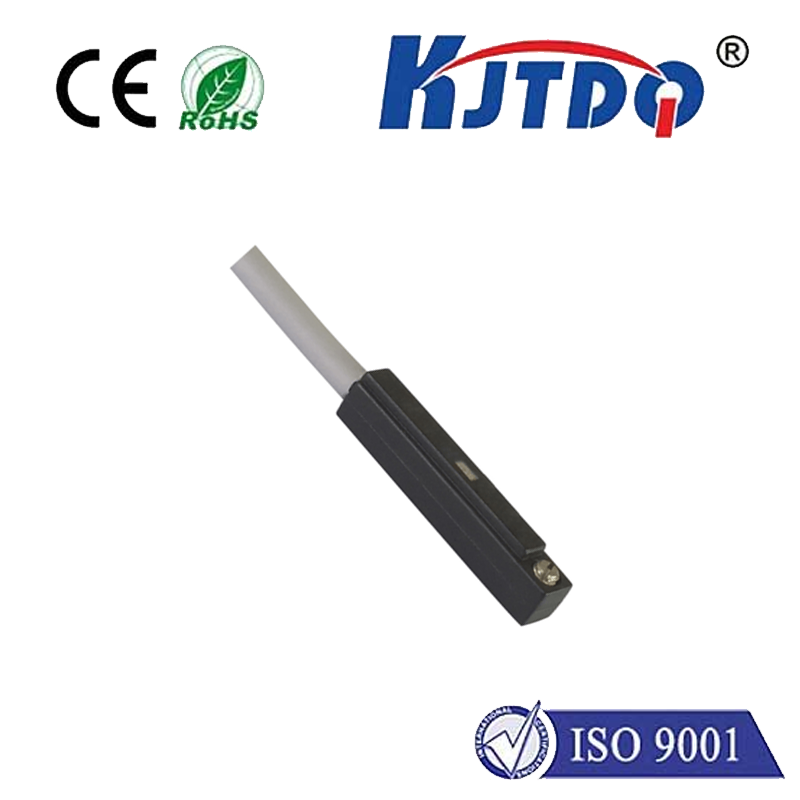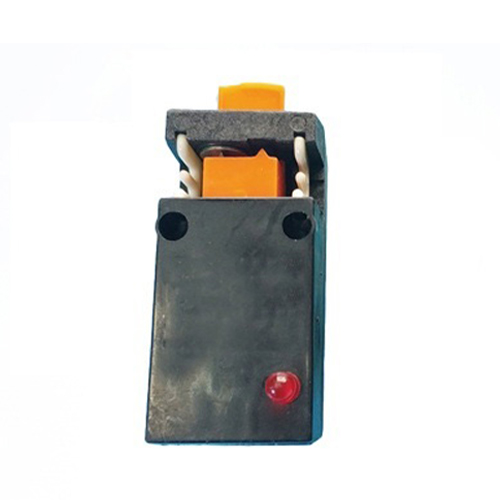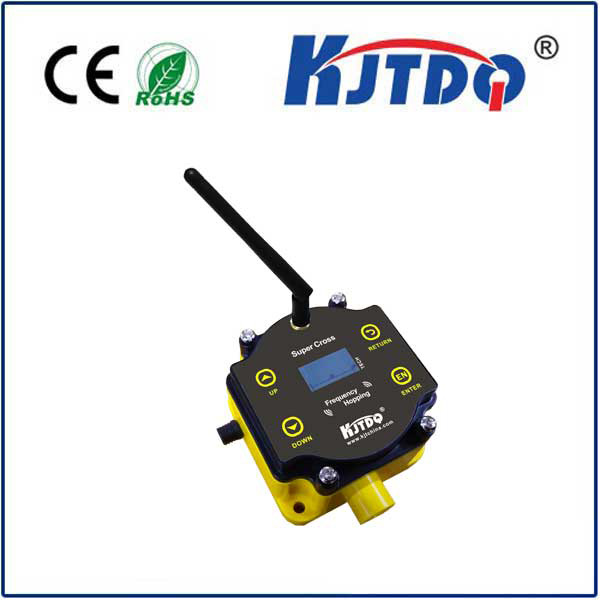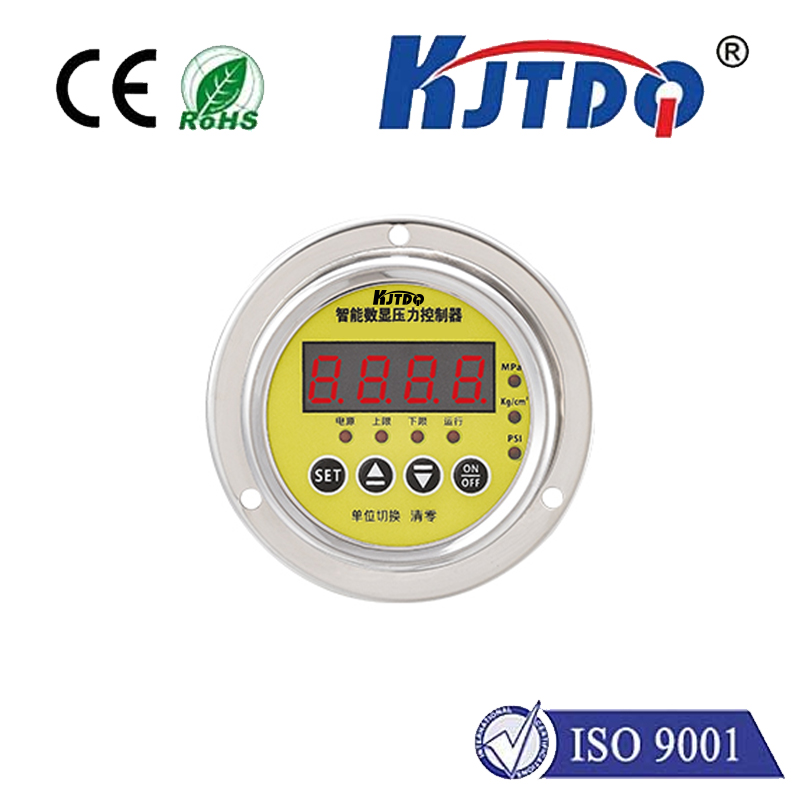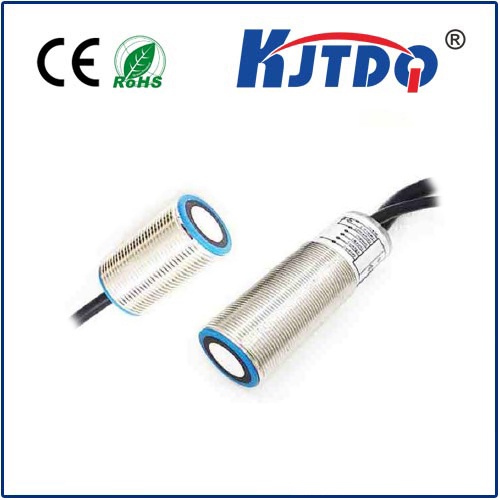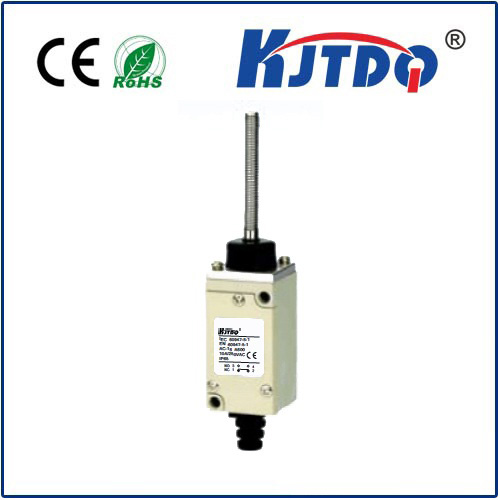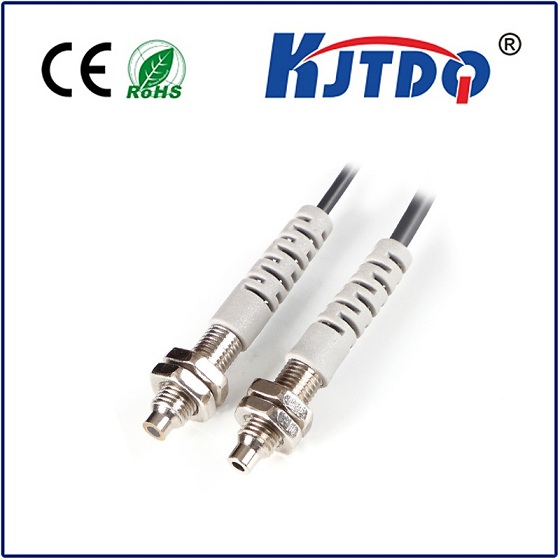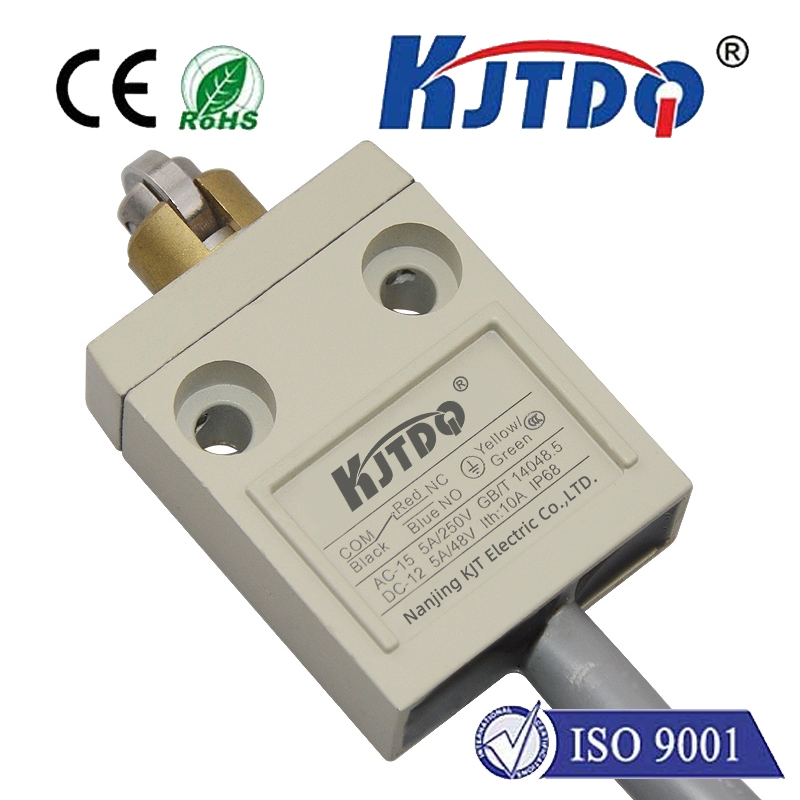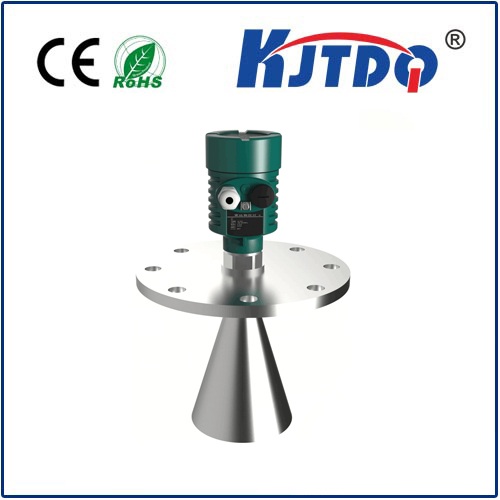overload limit switch crane
- time:2025-08-08 01:00:39
- Click:0
The Critical Guardian: How Crane Overload Limit Switches Prevent Disaster
Imagine a construction site buzzing with activity. A massive crane swings a multi-ton concrete panel into position high above the ground. Workers below trust the machinery implicitly. But what happens when that trust is challenged by an unseen threat – an overloaded hook? This is where the crane overload limit switch, a seemingly small component, transforms into the indispensable guardian of safety. Understanding its function isn’t just technical jargon; it’s fundamental to preventing catastrophic failures, protecting lives, and ensuring operational integrity in lifting operations.
Essentially, an overload limit switch is a safety device integrated into a crane’s hoisting system. Its sole, critical purpose is to prevent the crane from lifting a load exceeding its rated capacity. Overloading a crane is one of the most dangerous situations in material handling, leading to structural failure, dropped loads, catastrophic boom collapse, and potentially fatal accidents. The overload switch acts as the last line of defense against these scenarios.
How Does This Unsung Hero Work?
The mechanism can vary depending on the crane type and the specific technology employed, but the core principle remains consistent: detect excessive force or weight and interrupt lifting operation.

- Sensing the Load: The switch is connected to a system that monitors the force being applied during lifting. This could be:
- Mechanical Linkage: In simpler systems, a physical linkage connected to the hoist rope or structure deflects under excessive load, physically activating the switch.
- Load Cell: More commonly in modern cranes, highly accurate electronic load cells are placed in the load path (e.g., between the hook block and the wire rope). They generate an electrical signal proportional to the actual weight being lifted.
- Hydraulic/Pneumatic Pressure: For cranes using hydraulic or pneumatic rams for lifting, pressure transducers monitor system pressure, which correlates directly to the load being held.
- Comparison and Activation: The measured load (whether via mechanical deflection, electrical signal from a load cell, or system pressure) is constantly compared to the crane’s safe working load (SWL) or rated capacity. This comparison usually happens within a dedicated load moment indicator (LMI) system or the crane’s control unit.
- Critical Threshold: As the load approaches the crane’s capacity (typically set at a safe percentage below absolute maximum, e.g., 100-110% of SWL), the system triggers a warning (like an audible alarm or flashing light). This is the first alert to the operator.
- Intervention Point: If the load exceeds the pre-set overload limit threshold (e.g., 110-125% of SWL), the overload limit switch is activated. This crucial action interrupts the control circuit for the hoist’s upward motion. The crane will typically:
- Block Further Hoisting Up: The operator cannot lift the load any higher.
- Allow Controlled Lowering: Crucially, the crane usually still allows lowering and often boom retraction or lowering. This enables the operator to safely reduce the load or reposition without causing instability.
Why is the Overload Limit Switch Non-Negotiable?
The importance of a functional, correctly calibrated overload limit switch cannot be overstated:
- Preventing Structural Failure: Overloading places immense stress on the crane’s structure – the boom, jib, wire ropes, sheaves, and supports. Exceeding design limits risks catastrophic failure, like boom collapse or broken cables, with devastating consequences.
- Avoiding Tip-Overs: Lifting an excessive load, especially with the boom extended, drastically changes the crane’s center of gravity. Overload is a primary cause of crane tip-overs, endangering everyone nearby and causing massive property damage.
- Protecting Personnel: A dropped load or structural collapse poses an immediate and lethal threat to crane operators, riggers, signal persons, and anyone working in the vicinity. The switch is a vital engineered safeguard protecting lives.
- Safeguarding Assets: Beyond human cost, crane failures result in massive financial losses – destroying the crane itself, damaging the load, and causing collateral damage to the site and surrounding infrastructure.
- Ensuring Regulatory Compliance: Occupational safety regulations worldwide (like OSHA in the US, LOLER in the UK, ASME B30 standards) mandate the use of functional overload protection devices on most lifting equipment. Operating without one or with a faulty switch is illegal and exposes companies to severe penalties and liability.
- Operational Reliability: Knowing the overload protection is active allows operators to work with greater confidence and focus, contributing to smoother, more efficient operations.
Types and Considerations:
While the core function is the same, overload protection systems differ:
- Simple Mechanical Switches: Found on older or smaller cranes, activated by direct physical force.
- Electronic LMI Systems: The modern standard. Integrate load cells, angle sensors, boom length sensors, and sophisticated software to calculate load moment (load x radius) and provide real-time data, warnings, and automatic cut-offs via electronic limit switches. These offer superior accuracy and comprehensive safety.
- Calibration is Paramount: An overload switch is only as good as its calibration. Regular, documented calibration by qualified personnel using certified weights is absolutely essential to ensure the system triggers at the correct load threshold. Environmental factors, wear, or impacts can affect calibration.
- Bypassing is Forbidden: Deliberately bypassing or “jumping out” an overload limit switch is extremely dangerous, illegal, and a violation of fundamental safety protocols. It renders the crane unsafe for operation.
Maintenance: Keeping the Guardian Vigilant
Like any critical safety component, overload limit switches require diligent care:
- Regular Inspections: Visual checks for damage, corrosion, or loose connections should be part of daily or pre-shift inspections.
- Functional Tests: Operational tests (within safe limits, using known weights if possible) should be performed regularly as per the manufacturer’s schedule and regulations.
- Scheduled Calibration: Adhere strictly to the calibration schedule mandated by regulations and the crane manufacturer. Document every calibration.
- Protection from Environment: Ensure switches and associated sensors (especially load cells) are protected from impact, weather, dust, and chemical exposure as much as possible.
- Expert Servicing: Any repairs, adjustments, or replacements must be carried out by qualified technicians using approved parts.
The crane overload limit switch operates silently in the background. It doesn’t contribute to speed or efficiency – its sole job is to prevent disaster. It embodies the principle that the safest lift is the one not attempted when the crane is overloaded. Investing in its proper selection, installation, calibration, and maintenance isn’t just a regulatory box to tick; it’s an investment in human life, asset protection, and responsible operations. In the demanding world of crane operations, this unassuming component remains the steadfast sentinel against one of the most significant risks.







